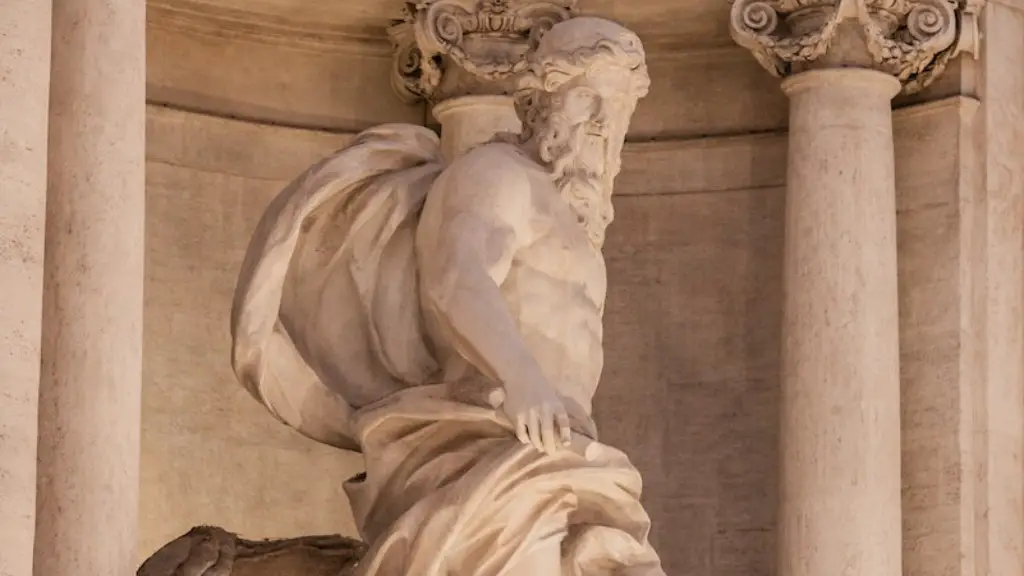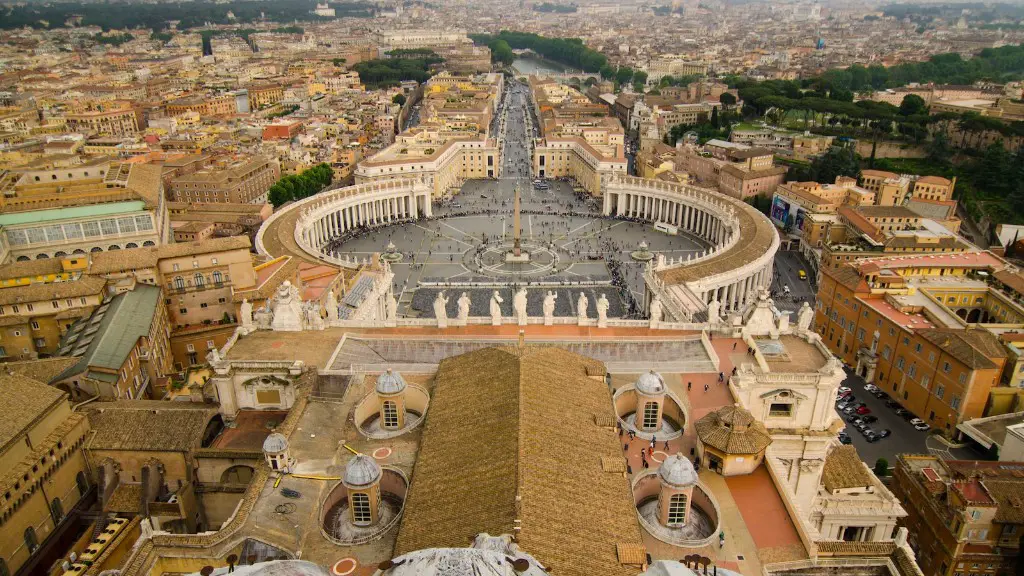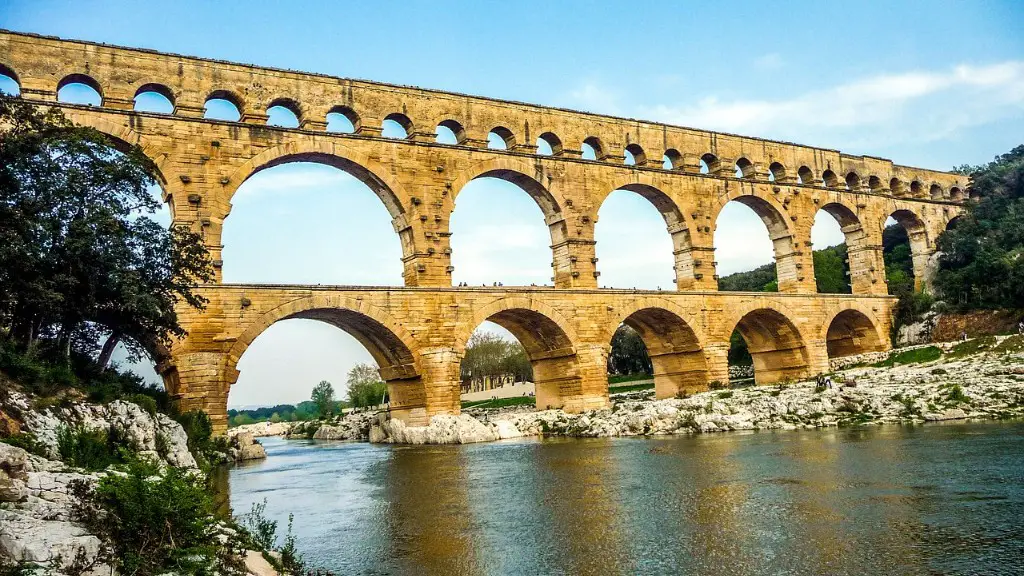Introduction To Ancient Rome
Ancient Rome was the most powerful and influential city in the world of its time, its culture having a tremendous influence even long after its decline. From art to literature, Rome shaped the world its people knew, and remains an iconic example of how civilizations could grow and flourish. But what are the foundations that enabled this greatness to be achieved in Ancient Rome?
The Mediterranean Region
The Mediterranean region was a major factor in the rise and greatness of Ancient Rome, providing a key source of goods and resources. With the availability of fish, olives, grains, fruits, and wine, Rome was able to establish its iconic position in the world. The trade of goods enabled Rome to gain wealth, power, and significance—all essential components of a great civilization.
Near Eastern Cultures
In addition to its own Mediterranean influences, Rome also made use of the Near Eastern cultures of the period. These cultures provided various resources to the Roman people, including an alphabet and numerals, which allowed for written communication, as well as a legal system, which enabled the creation of laws. Furthermore, these cultures allowed the Romans to begin to understand science, engineering, and mathematics—all essential tools for a burgeoning civilization.
Rome’s Characteristics
In its own right, Ancient Rome had a range of characteristics that enabled its people to become great. Rome was not only well-connected through trade, but also was organized and well-run, allowing for the growth of infrastructure and technology. Furthermore, a strong code of morals and traditions was maintained, which gave the Roman people a sense of pride that drove them forward toward further greatness.
The Roman Republic
The Roman Republic, established in 509 BC, was key in granting Rome the legislative power and structure it needed to become the powerful civilization it was. It mattered greatly to the citizens of Rome as it provided a system of government that was fair and open to all levels of society. Furthermore, the Roman Senate set up by the Republic provided a sense of order and stability in times of difficulties and challenged, and shaped the course that Rome would take in the coming centuries.
The Glory Of Rome
The glory of Rome came with its growth and successes of its art, literature, architecture, engineering, and hospitality. Its people took great pride in their works, and this pride was shared throughout the Roman Empire. Rome was a place where intellect flourished, and where anyone from any background could achieve great things. This combination of characteristics is what made Rome the iconic civilization it remains today.
Cultural Influence
Rome’s greatness did not merely remain within its own borders, but rather spread out to shape the surrounding area and beyond. The Roman Empire, along with its laws and customs, protected people from far and wide and enabled them to be accepted as Roman citizens. Furthermore, the Latin language, a key part of Roman culture, played a major role in forming modern European languages such as French, Italian, and Spanish.
Military Might and Expansion
Throughout its history, Rome was able to build and maintain a strong military, conquering and expanding its land and resources. Its military might enabled it to grow and remain prosperous, and to defend itself against enemies. The combination of a strong military, foreign trade, and civic structures ultimately led to the rise of modern Rome and its position as the only superpower of its time.
Religious and Political Structure
Religion and politics served as cornerstones in the development of ancient Rome. The Romans began to worship a variety of gods, which gave them a sense of morality, order, and structure. Additionally, the Senate was a significant contributor in the stability of the Roman Republic and Empire, allowing citizens to participate in the decision-making process. Lastly, the establishment of a unified government allowed the distribution of services and resources throughout the lands, maximizing the efficiency of Rome.
Conclusion: The Setting of Ancient Rome
Through the combination of its Mediterranean location, Near Eastern influences, strong characteristics, Republic, and unified government, Ancient Rome achieved its iconic greatness. This combination of powerful components, paired with its ability to fight, keep order, and progress, enabled Rome to become one of the most influential civilizations in the world for centuries to come.


